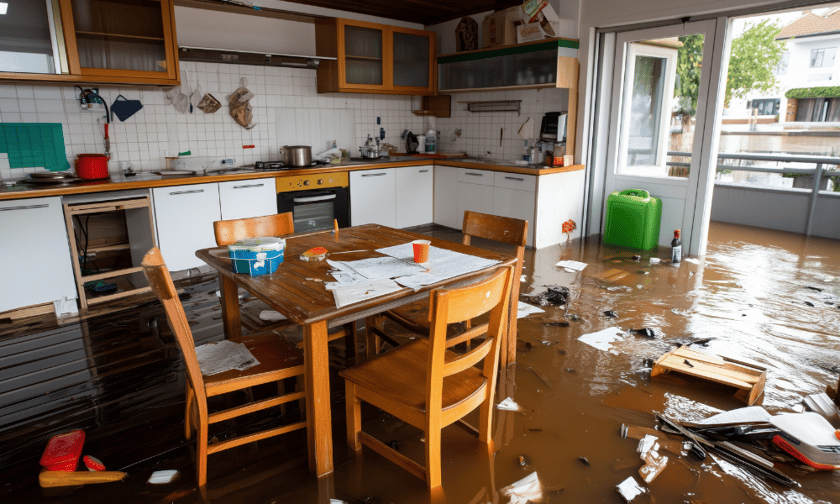

New research revealed that houses in flood-prone areas are typically 10% cheaper than nearby properties, but the financial savings may not outweigh the long-term risks and costs.
The study analysed home sales data from Richmond, Sydney, alongside flood maps from 2019 and 2023 to assess the impact of flood risk on property values.
Properties in the AEP 100 flood zone (1% annual flood probability) were discounted by 10.8%, while those in the AEP 500 zone (0.2% annual probability) saw a smaller 4.4% discount. Homes in the AEP 1000 zone, representing the lowest risk, had no price reduction.
AEP, or Annual Exceedance Probability, defines the likelihood of flooding in a given year, but many buyers misinterpret it, according to lead author Associate Professor Song Shi from the University of Technology Sydney.
“Home buyers sometimes think that a ‘one-in-100-year flood risk’ means flooding will only occur once every 100 years, when in reality it means there’s a 1% chance of such a flood happening in any given year,” Shi said.
The cumulative lifetime risk can be significant, with a 55% chance of experiencing at least one 1-in-100-year flood during an 80-year lifespan.
Flood insurance premiums pose an ongoing burden for homeowners in flood-prone areas.
In Richmond, homes in the AEP 100 zone face an average annual premium of $4,606, far exceeding any perceived savings from discounted purchase prices.
“Residential properties exposed to flood risk are overwhelmingly overvalued,” the researchers said, adding that price discounts often fail to compensate for long-term costs.
The study highlights a worrying trend: beyond the AEP 500 flood zone, people tend to ignore flood risks.
With climate change increasing the frequency of severe weather events, such as catastrophic floods in Spain, this complacency could lead to inadequate preparation and devastating consequences.
“In Australia, more than 10% of homes are located in flood-prone areas,” Shi said. “More residents are using digital flood maps to better understand their flood risk and plan for severe weather events.
“However, our study shows that beyond a certain threshold, people tend to ignore the risk, which can lead to inadequate preparation for floods.”
The findings, published in the International Journal of Disaster Risk Reduction, underscore the need for home buyers to consider flood risks carefully and for policymakers to enhance resilience strategies.
Read the research paper, "Cognitive limits of perceived flood risk on residential property values", via ScienceDirect.
Get the hottest and freshest mortgage news delivered right into your inbox. Subscribe now to our FREE daily newsletter.
